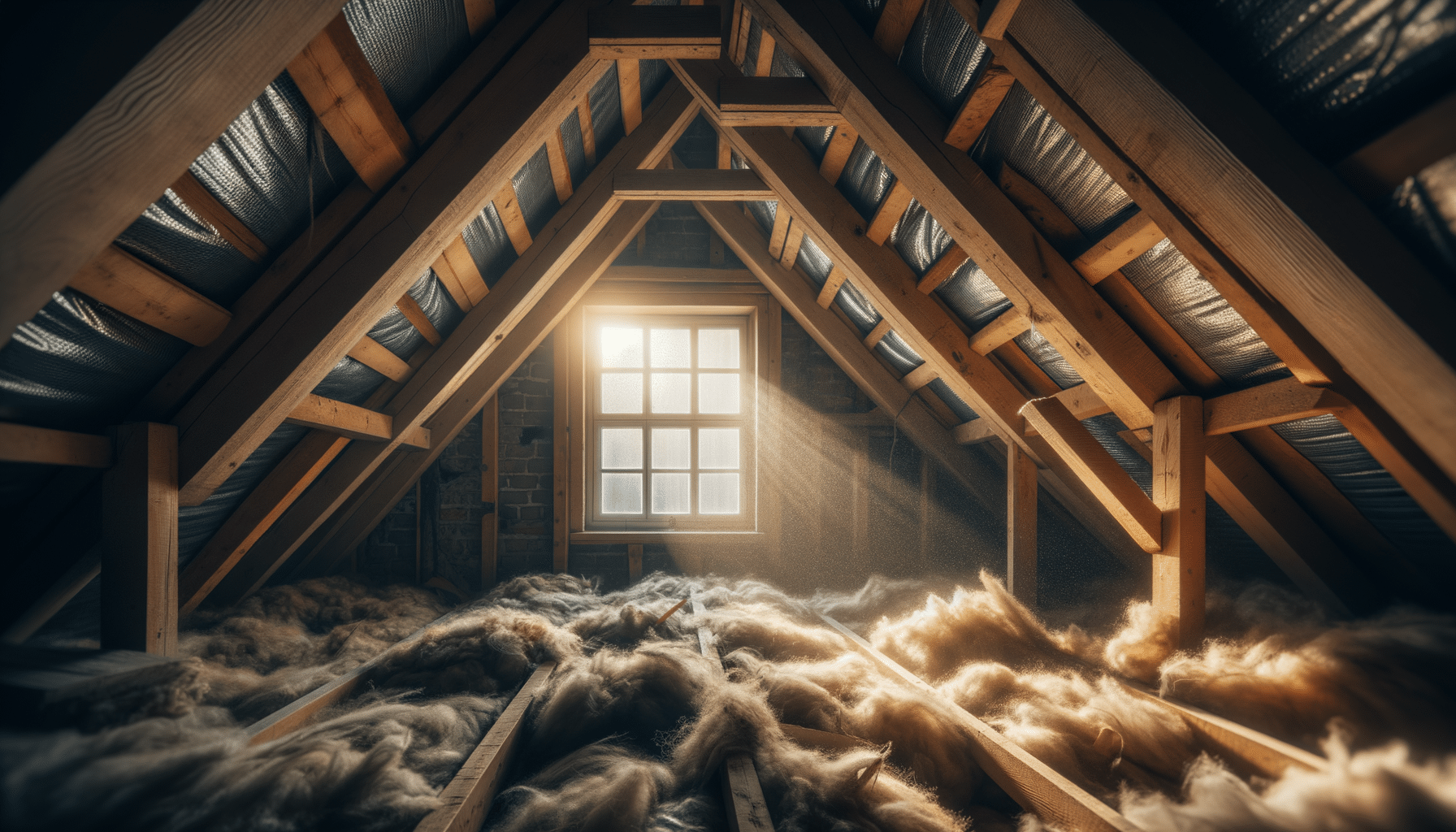
Why More Homeowners Are Replacing Old Insulation
The Importance of Insulation in Modern Homes
Insulation plays a crucial role in maintaining the energy efficiency of a home. As energy costs continue to rise, homeowners are becoming more conscious of how their homes consume energy. Effective insulation is a key component in reducing energy consumption, as it helps maintain a consistent indoor temperature, reducing the need for excessive heating or cooling. This not only contributes to lower energy bills but also enhances the overall comfort of a home.
Modern insulation materials have evolved significantly, offering improved performance compared to older options. These advancements have made it possible to achieve better thermal resistance, which is measured by R-value. The higher the R-value, the better the insulation’s ability to resist heat flow. Homeowners are increasingly aware of these benefits, leading many to replace their outdated insulation systems with more efficient alternatives.
Moreover, insulation is not just about energy efficiency. It also plays a role in soundproofing and improving air quality by reducing the infiltration of outdoor pollutants. As homes age, the insulation often degrades, losing its effectiveness. This degradation can result in drafts, uneven temperatures, and increased energy usage. By replacing old insulation, homeowners can address these issues, enhancing both comfort and efficiency.
Identifying When to Replace Old Insulation
Recognizing the signs that it’s time to replace old insulation can save homeowners from unnecessary discomfort and expenses. One of the most common indicators is a noticeable increase in energy bills. If the cost of heating or cooling your home has risen without a change in utility rates or usage patterns, it might be due to ineffective insulation.
Another sign is the presence of drafts or cold spots within the home. These are often caused by gaps or deterioration in the insulation. Similarly, fluctuating indoor temperatures, where certain rooms are significantly warmer or cooler than others, can also point to insulation issues.
Physical inspection can reveal more tangible signs of wear and tear. Look for insulation that appears compressed, damp, or damaged. Moisture can be particularly detrimental, as it not only reduces the effectiveness of the insulation but can also lead to mold growth, posing health risks. If these signs are present, it’s time to consider replacing the insulation to restore the home’s efficiency and safety.
Benefits of Modern Insulation Materials
Modern insulation materials offer several advantages over their predecessors. One of the key benefits is improved thermal performance. Materials such as spray foam, cellulose, and fiberglass have been engineered to provide superior insulation properties, helping to maintain consistent indoor temperatures more effectively.
These materials are also more environmentally friendly, with many being made from recycled or sustainable resources. For instance, cellulose insulation is often produced from recycled paper products, offering a green alternative to traditional options. Furthermore, modern insulation solutions are designed to be more durable and resistant to common issues like moisture accumulation and pest infestation.
Another advantage is the ease of installation. Many contemporary insulation materials are designed for straightforward application, reducing installation time and labor costs. This convenience, combined with the long-term energy savings, makes upgrading to modern insulation an attractive option for homeowners looking to improve their home’s efficiency and comfort.
Cost Considerations and Long-Term Savings
While the initial cost of replacing old insulation can be a concern for homeowners, it’s important to consider the long-term savings that modern insulation provides. The upfront investment is often offset by the reduction in energy bills. By improving the home’s energy efficiency, homeowners can expect to see a significant decrease in heating and cooling costs.
Financial incentives are also available to help mitigate the cost of insulation upgrades. Many local and federal programs offer rebates or tax credits for energy-efficient home improvements, including insulation replacement. These incentives can further reduce the financial burden, making the investment more accessible.
In addition to financial savings, replacing old insulation can increase the property’s value. Energy-efficient homes are highly sought after in the real estate market, and upgraded insulation can be a selling point. This added value, combined with the savings on energy bills, makes the decision to replace old insulation a financially sound choice for many homeowners.
Conclusion: The Impact of Replacing Old Insulation
Replacing old insulation is a strategic move for homeowners looking to improve comfort, reduce energy costs, and enhance their home’s overall efficiency. As insulation technology continues to advance, the benefits of upgrading become increasingly compelling. From improved thermal performance and soundproofing to environmental sustainability and financial savings, modern insulation offers a range of advantages that make it a worthwhile investment.
For homeowners considering this upgrade, it’s essential to assess the current state of their insulation and understand the potential benefits and savings. By taking proactive steps to replace outdated insulation, homeowners can enjoy a more comfortable and cost-effective living environment while contributing to a more sustainable future.


